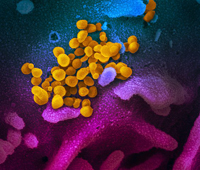Serendip is an independent site partnering with faculty at multiple colleges and universities around the world. Happy exploring!

What are the odds of that?
Lisa Belkin’s article, “The Odds of That,” presented ideas comparable to a non-foundational story, mainly based on the fact that life is variable and not inevitable. As described by Belkin, this concept that life does not have a certain path may lead people to be “discomforted by the idea of a random universe.” It is possible that these people feel a loss of control when thinking about life or the world in this way. Many people tend to lean towards the idea that they have some control over their lives. Therefore, when an unlikely series of events happens, such as the two twin brothers being killed in the same way only hours apart, people want to blame something or someone. In this case, the men’s sister felt that their deaths happened because of a plot to kill them both.
Week Four
I begun the Dennet reading, which really plays into what we have been discussing in class, basically what is evolution and what does it mean. He brought up an interesting point in the beginning, that it took Europe a century to accept the idea that the world was not the center of the universe. Copernicus and Galileo were the Darwins of their time, and their theories definitely rocked the general religious thought of the times. No one could comprehend, or would comprehend the idea that the Earth was not the center of everything, because if it wasn't, then where is heaven? Where is everything else in relation to the Earth? People had to start thinking about their worlds differently, and it was terrifying, rightfully.







